· Indian Motor Works restoration · Hidden electric starter · Top-of-the-line Roadmaster trim · Windscreen and leather saddlebags No motorcycle is as easily identifiable as a skirted Indian Chief. Penned by Indian designer G. Briggs Weaver, the streamlined art-deco fenders gave the Chief the most distinctive silhouette in motorcycling. For a style so associated with the brand it's surprising that the outrageously valanced fenders didn't make their first appearance until 1940, some 39 years after the company's founding. Indian went all-in on the design, outfitting Scouts, Chief and Fours with the new tinware. With WWII looming and Indian increasingly turning to production of stripped-down military bikes, though, all civilian models was phased out. Following hostilities, only the Chief made a return, as did those fenders, but the 1948 Model 348 was intended to be the last of the breed, supposedly a stopgap until the company's advanced Dyna-Torque ohv vertical singles and twins came on line. These were meant to blunt a postwar invasion of highly competent lightweights from England, and hopes were high at the bikes' rollout in 1949. "The world's most modern motorcycles!" brashly claimed the advertisements. Unfortunately, when the new models hit showrooms there were niggly quality-control issues—ignition was faulty, fork seals leaked, primary chains stretched, some bikes left the factory without grease in their wheel bearings. Financially strapped, with millions of dollars plowed into R&D, Indian had rushed the Arrow 220 and Scout 440 into production, and paid the price. And while the problems were all relatively easy to fix, when the British government devalued the pound sterling by 30% in late '49, effectively cutting the purchase price of Triumphs, BSAs, Nortons, etc. by one-third, it spelled the end for the new lightweights. That left the venerable Chief to soldier on, a flathead design in an increasingly overhead-valve world. Even a bump in displacement and switch to modern hydraulic telescopic forks could not stave off the inevitable. Chiefs were still being sold when the Springfield, Massachusetts factory shut its doors in 1953. For many, the pre-1950 girder-fork Chiefs offer the best styling, as the later tele-forks, trimmed front fender and bench-style seat threw off the aesthetics a bit. This 1948 Chief Roadmaster, in a classy two-tone Indian Red-and-black, certainly illustrates the point. A matching-numbers machine, it was recipient of a fame-up restoration in 1996 by highly respected Indian specialist Jeff Grigsby at his Indian Motor Works shop in Colorado. Typical of the shop's 'no stone unturned' approach to rebuilds, Grigsby kept the original fenders, gauges and headlight, but added rideability via welded aftermarket gas tanks, new rims with stainless-steel spokes and, best of all, a nicely hidden electric-starter kit. Useful period accessories include twin driving lights, a windscreen, fringed leather saddlebags and a rear-fender luggage rack.
· Indian Motor Works restoration · Hidden electric starter · Top-of-the-line Roadmaster trim · Windscreen and leather saddlebags No motorcycle is as easily identifiable as a skirted Indian Chief. Penned by Indian designer G. Briggs Weaver, the streamlined art-deco fenders gave the Chief the most distinctive silhouette in motorcycling. For a style so associated with the brand it's surprising that the outrageously valanced fenders didn't make their first appearance until 1940, some 39 years after the company's founding. Indian went all-in on the design, outfitting Scouts, Chief and Fours with the new tinware. With WWII looming and Indian increasingly turning to production of stripped-down military bikes, though, all civilian models was phased out. Following hostilities, only the Chief made a return, as did those fenders, but the 1948 Model 348 was intended to be the last of the breed, supposedly a stopgap until the company's advanced Dyna-Torque ohv vertical singles and twins came on line. These were meant to blunt a postwar invasion of highly competent lightweights from England, and hopes were high at the bikes' rollout in 1949. "The world's most modern motorcycles!" brashly claimed the advertisements. Unfortunately, when the new models hit showrooms there were niggly quality-control issues—ignition was faulty, fork seals leaked, primary chains stretched, some bikes left the factory without grease in their wheel bearings. Financially strapped, with millions of dollars plowed into R&D, Indian had rushed the Arrow 220 and Scout 440 into production, and paid the price. And while the problems were all relatively easy to fix, when the British government devalued the pound sterling by 30% in late '49, effectively cutting the purchase price of Triumphs, BSAs, Nortons, etc. by one-third, it spelled the end for the new lightweights. That left the venerable Chief to soldier on, a flathead design in an increasingly overhead-valve world. Even a bump in displacement and switch to modern hydraulic telescopic forks could not stave off the inevitable. Chiefs were still being sold when the Springfield, Massachusetts factory shut its doors in 1953. For many, the pre-1950 girder-fork Chiefs offer the best styling, as the later tele-forks, trimmed front fender and bench-style seat threw off the aesthetics a bit. This 1948 Chief Roadmaster, in a classy two-tone Indian Red-and-black, certainly illustrates the point. A matching-numbers machine, it was recipient of a fame-up restoration in 1996 by highly respected Indian specialist Jeff Grigsby at his Indian Motor Works shop in Colorado. Typical of the shop's 'no stone unturned' approach to rebuilds, Grigsby kept the original fenders, gauges and headlight, but added rideability via welded aftermarket gas tanks, new rims with stainless-steel spokes and, best of all, a nicely hidden electric-starter kit. Useful period accessories include twin driving lights, a windscreen, fringed leather saddlebags and a rear-fender luggage rack.
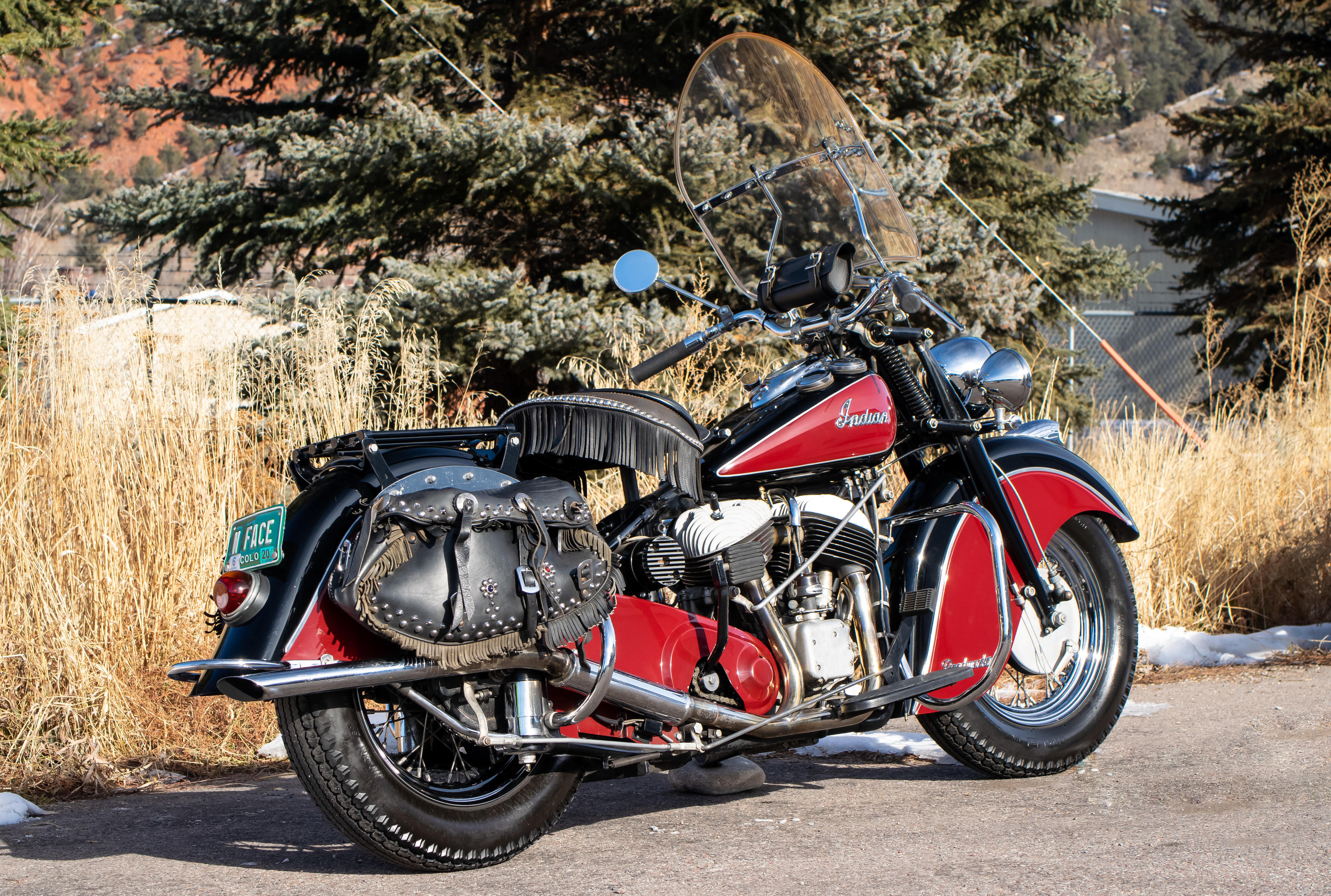
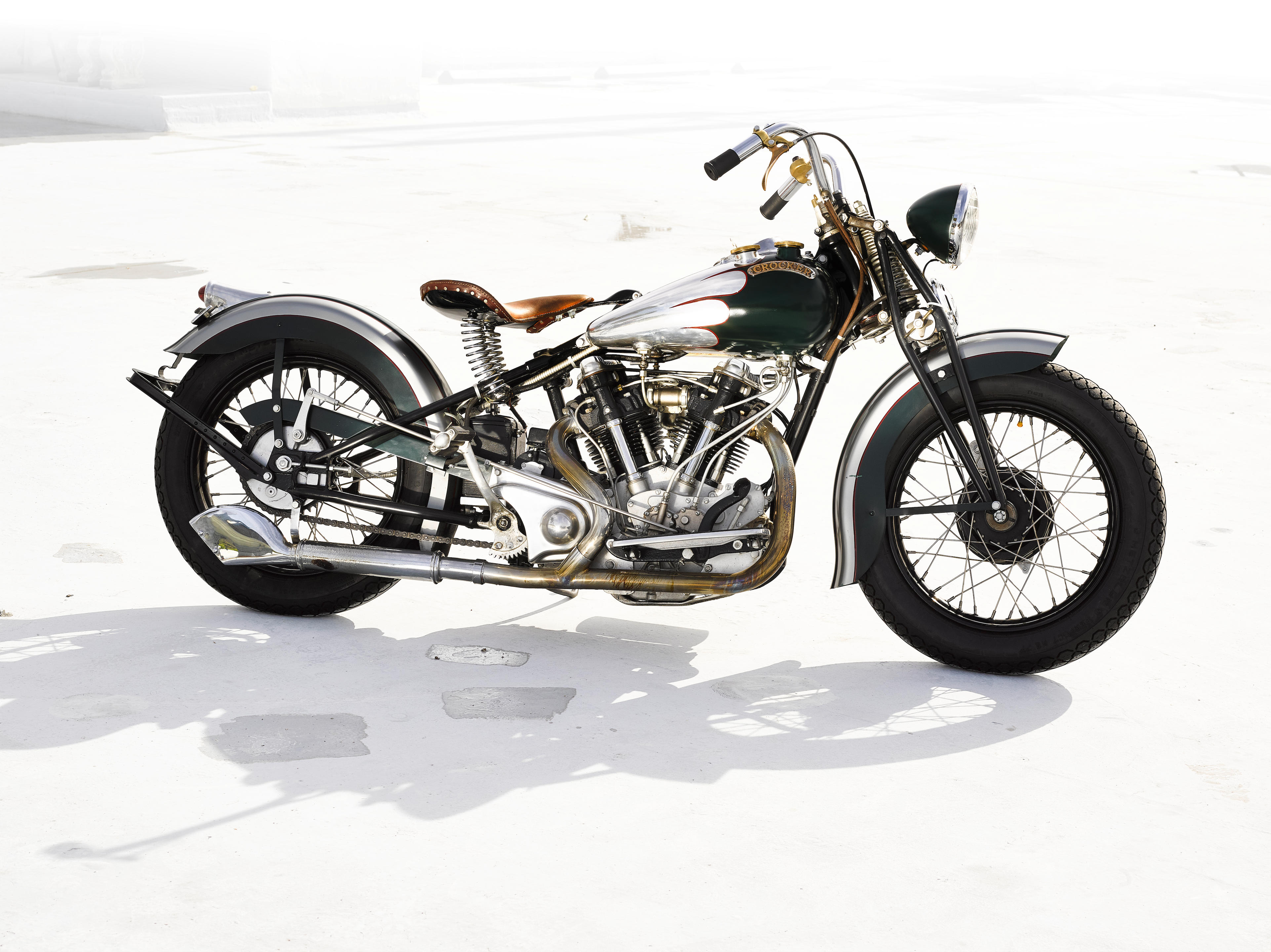
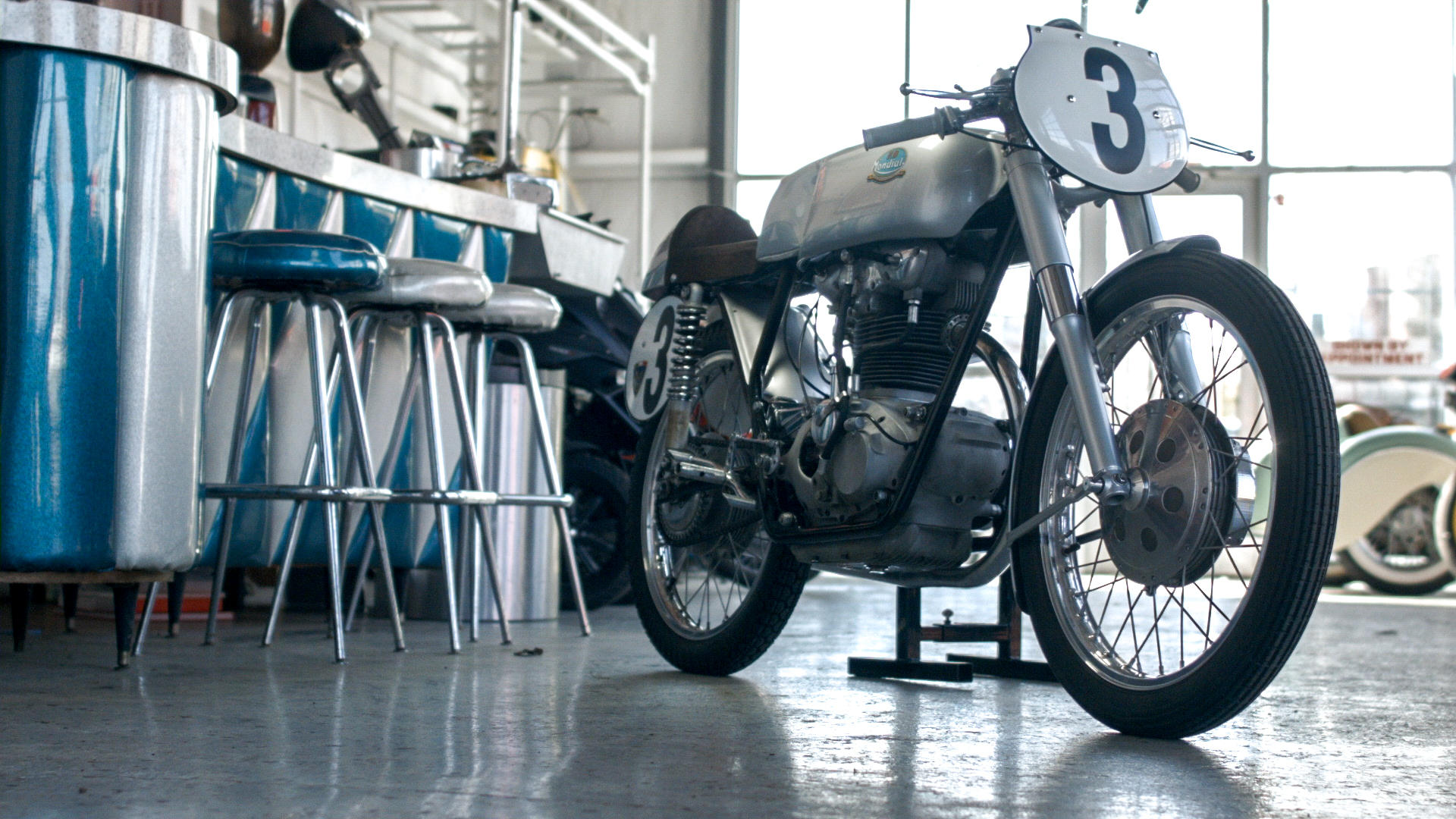
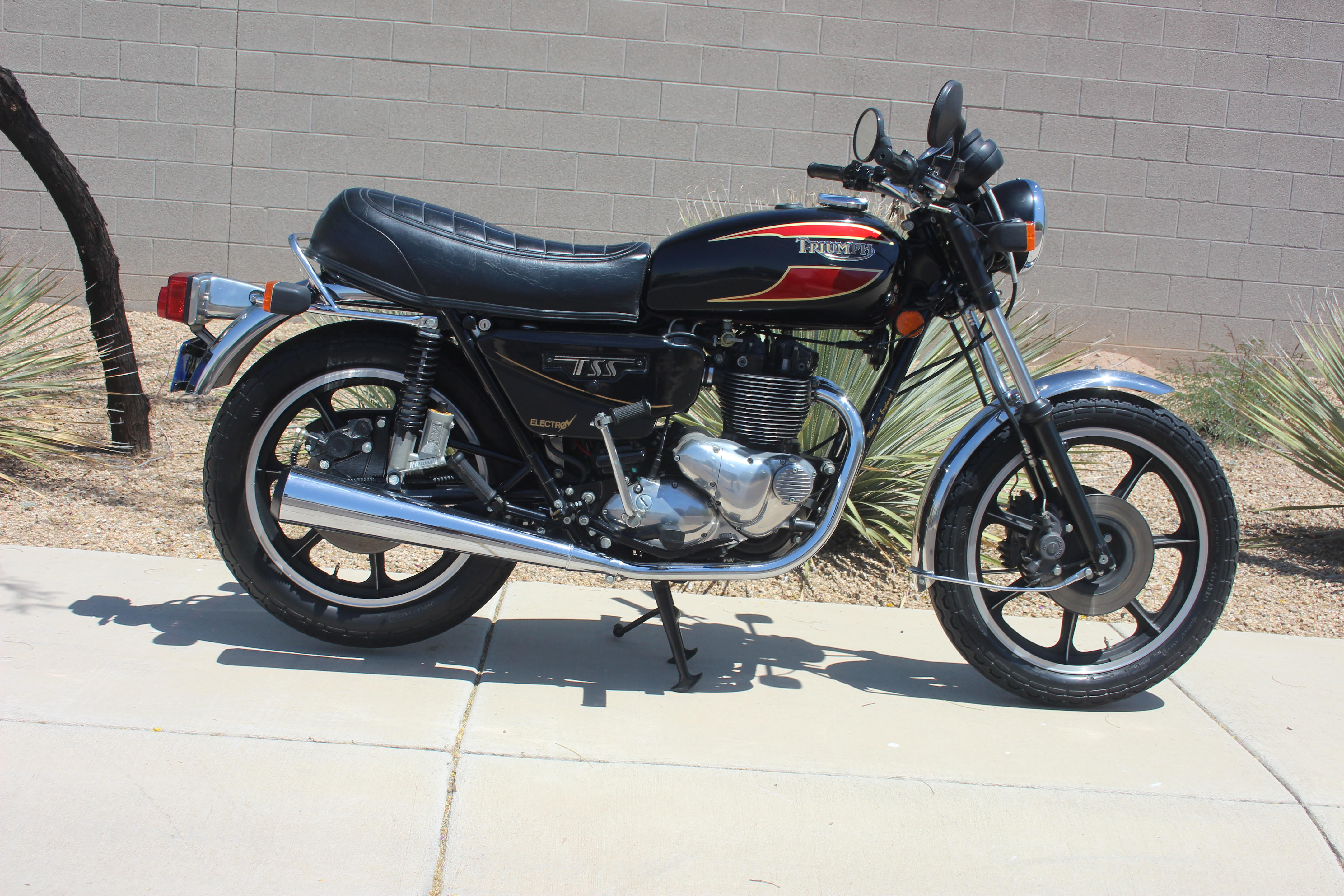
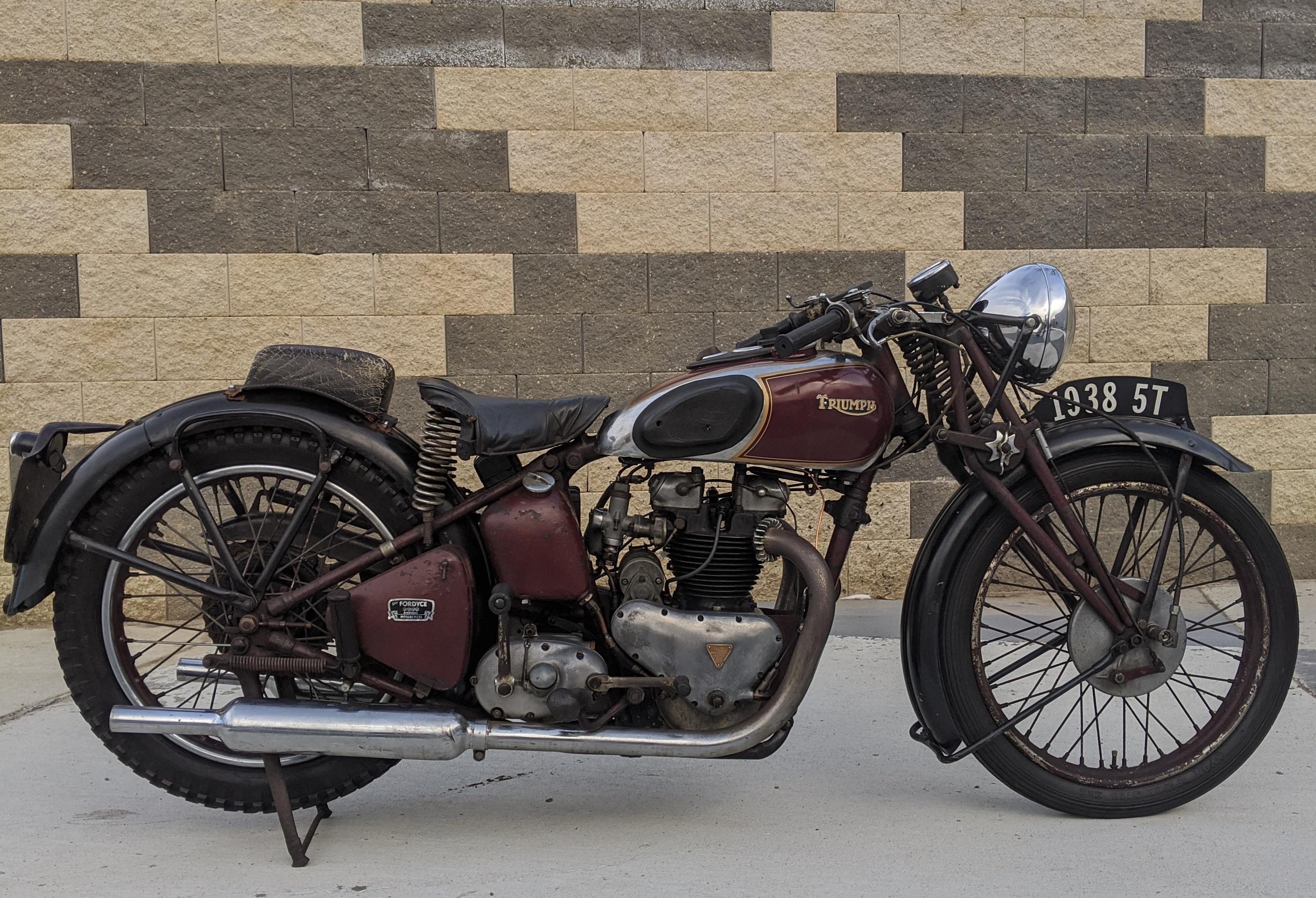
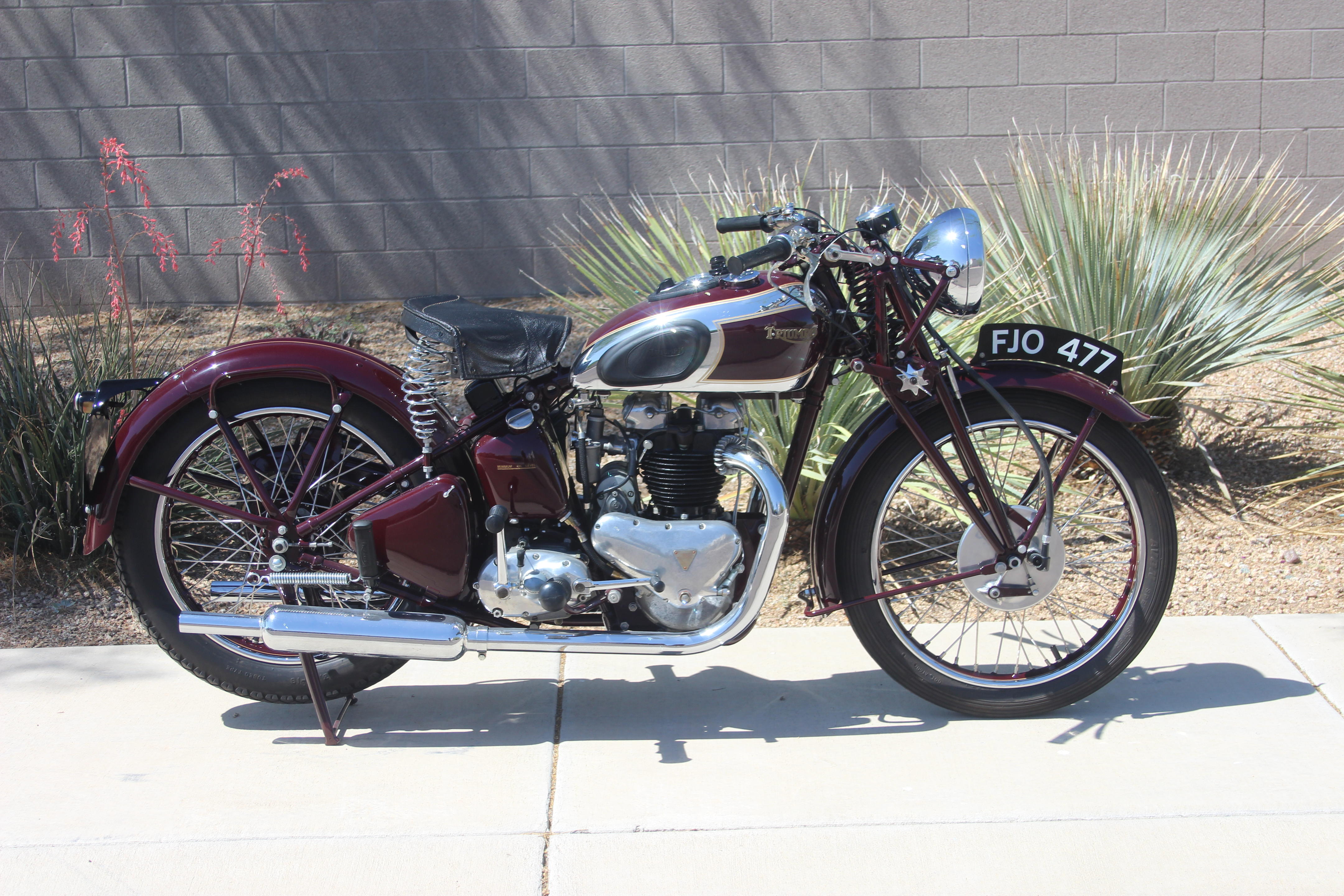
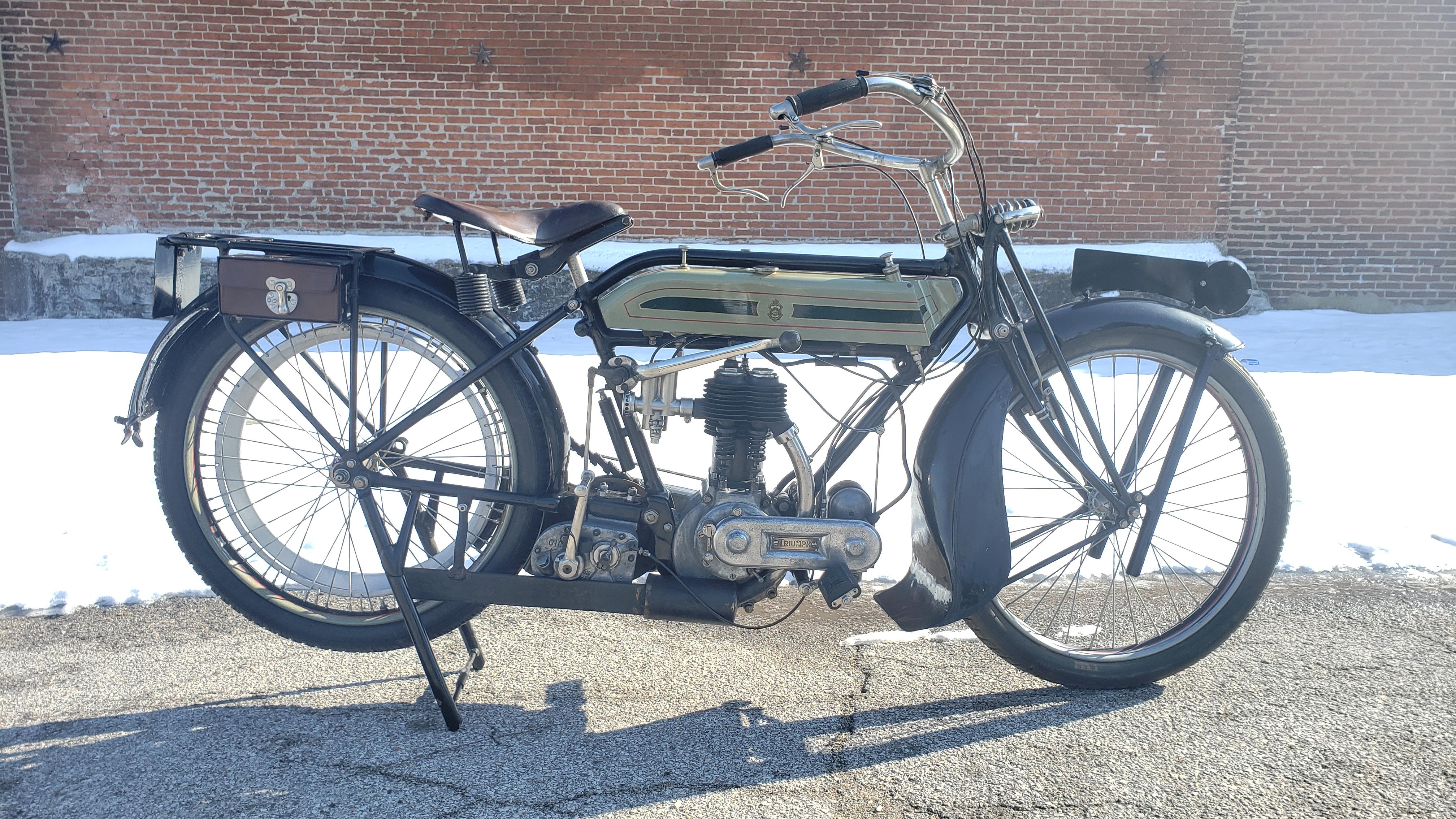
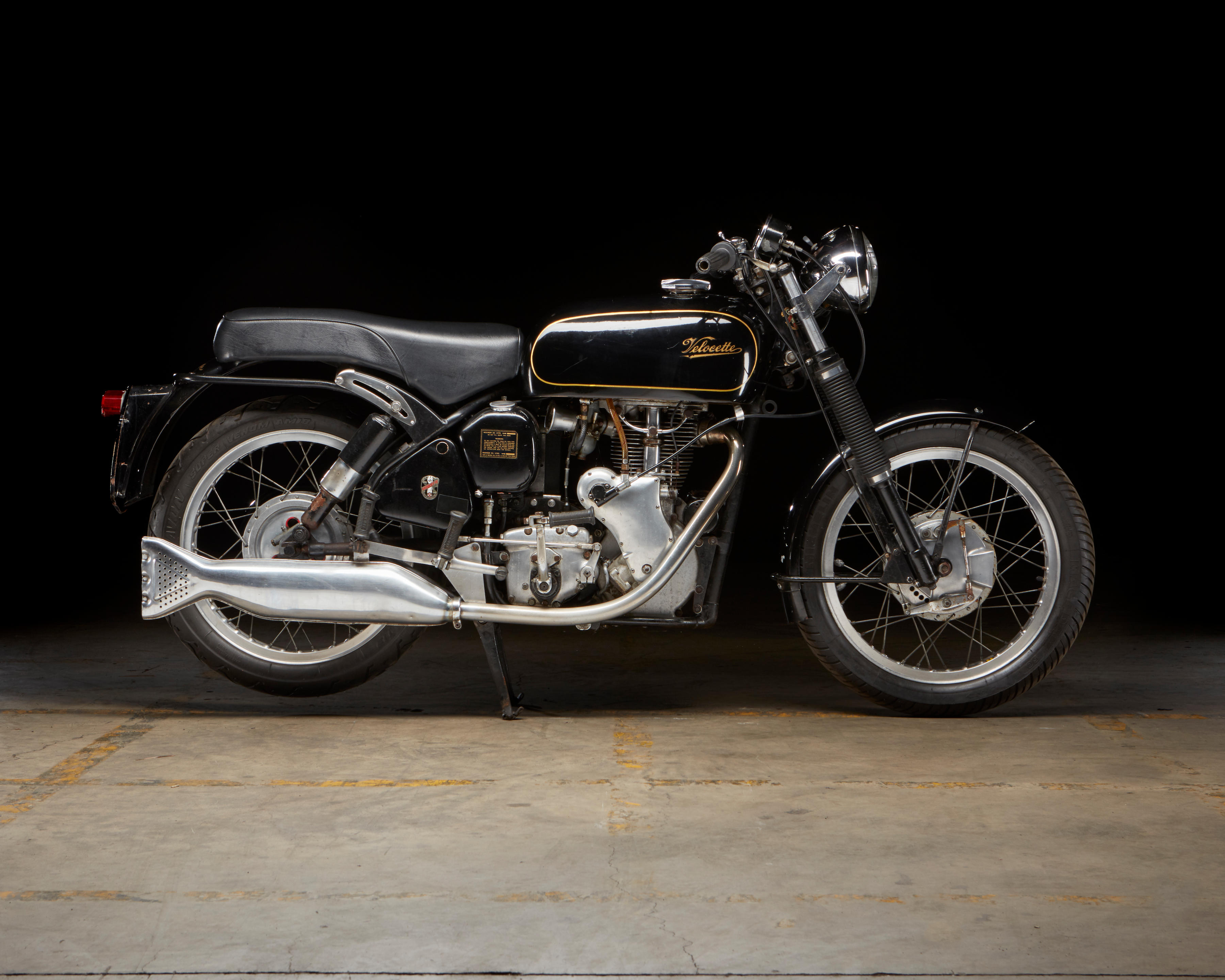
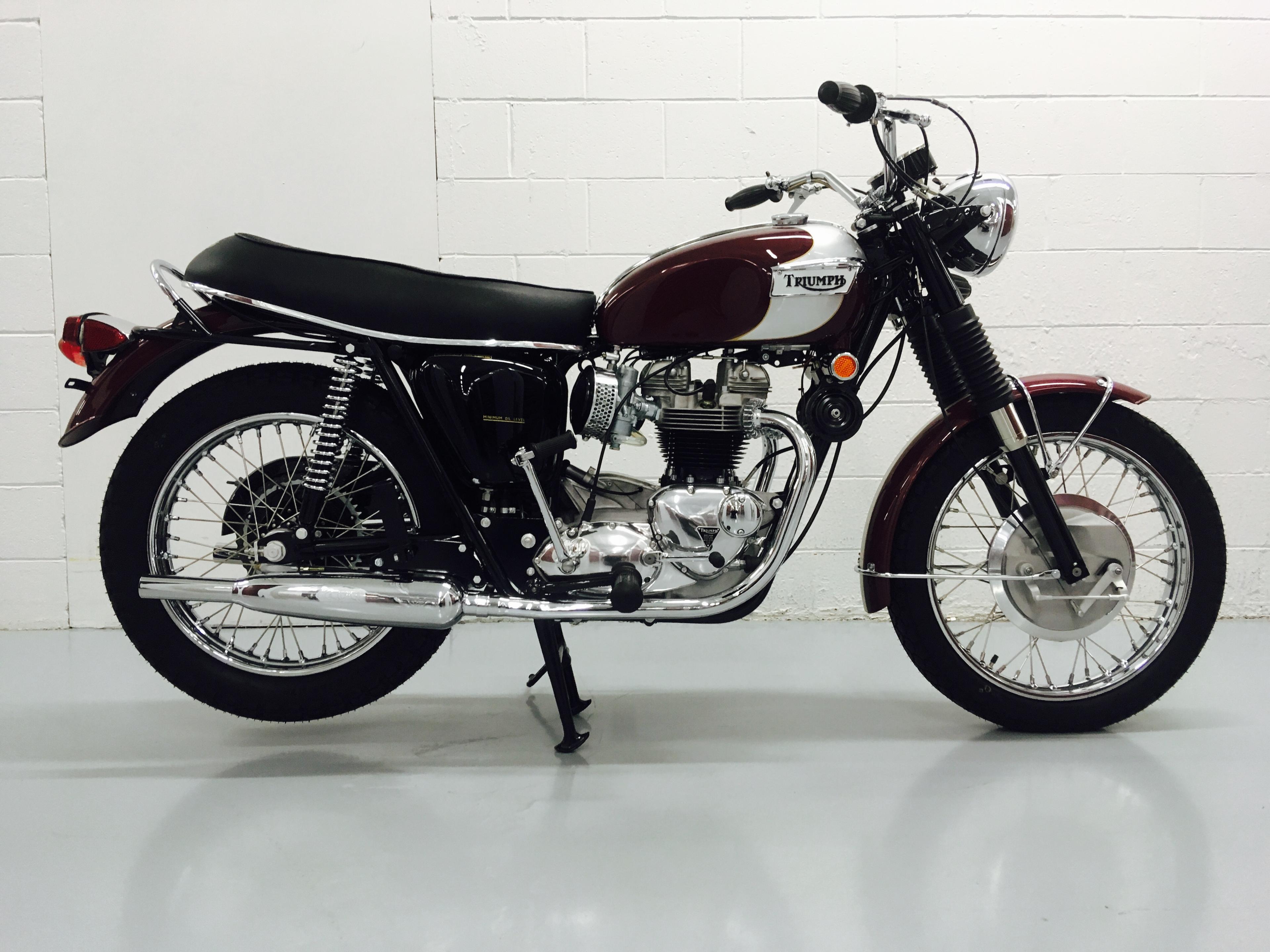

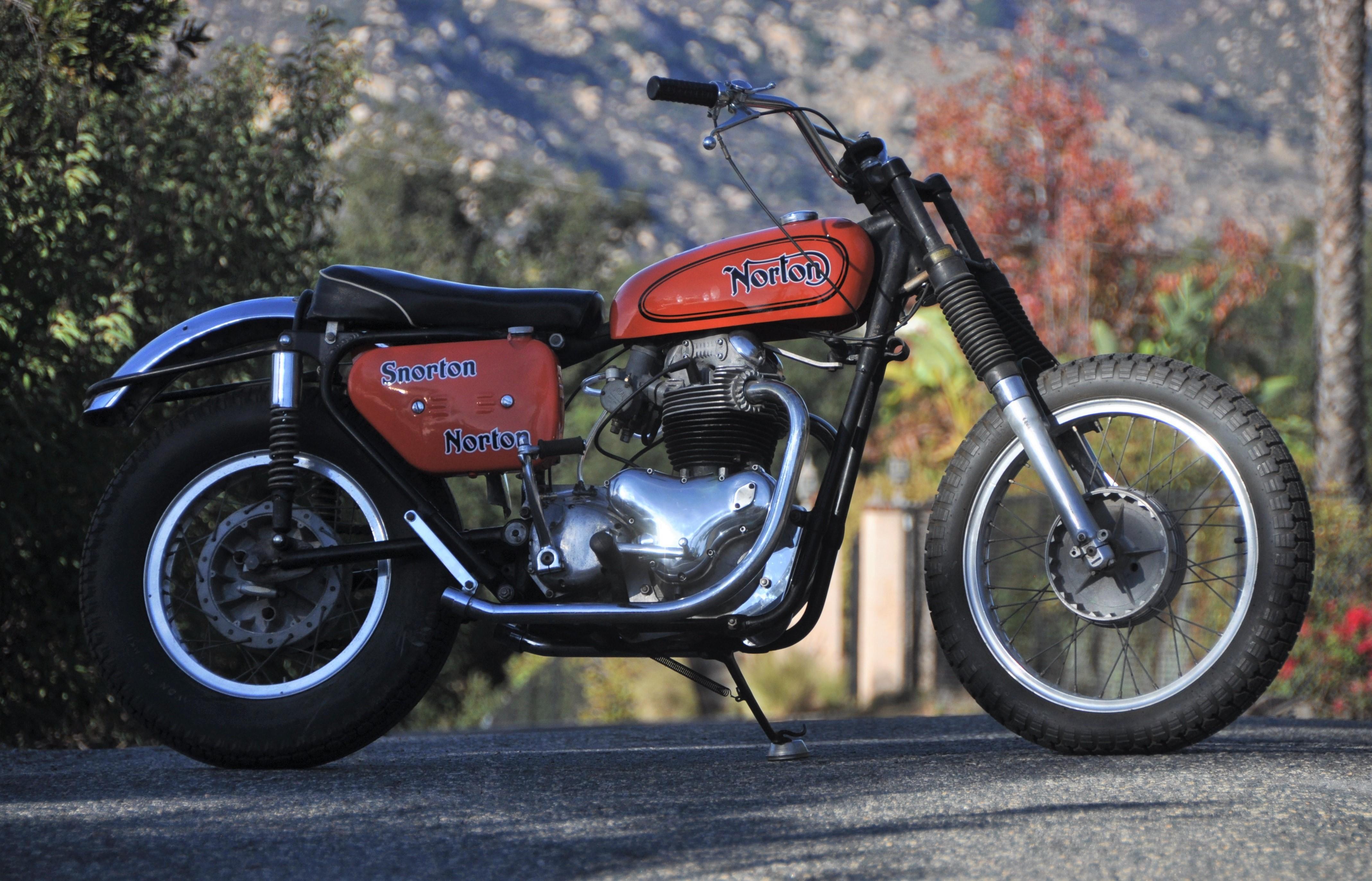
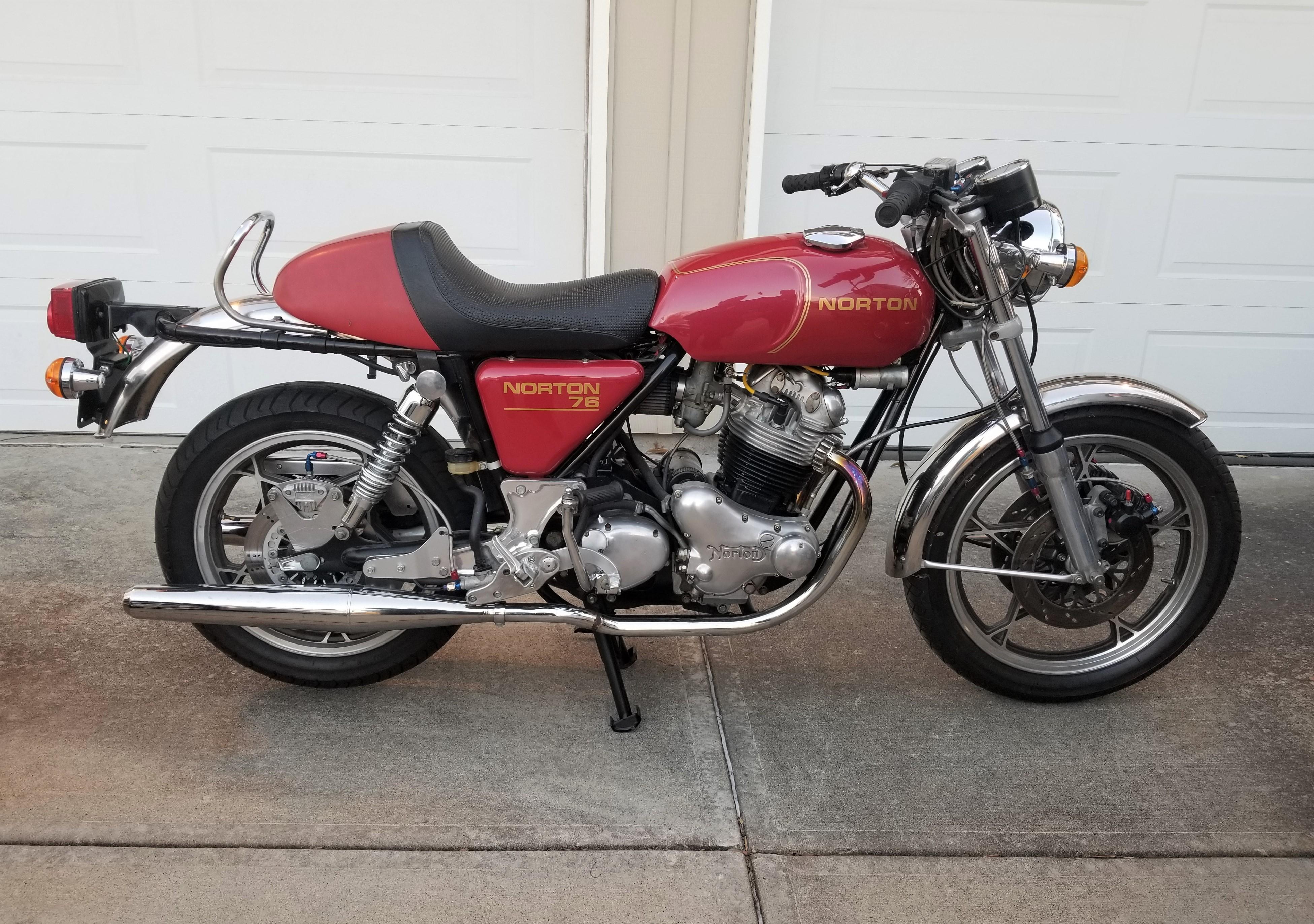

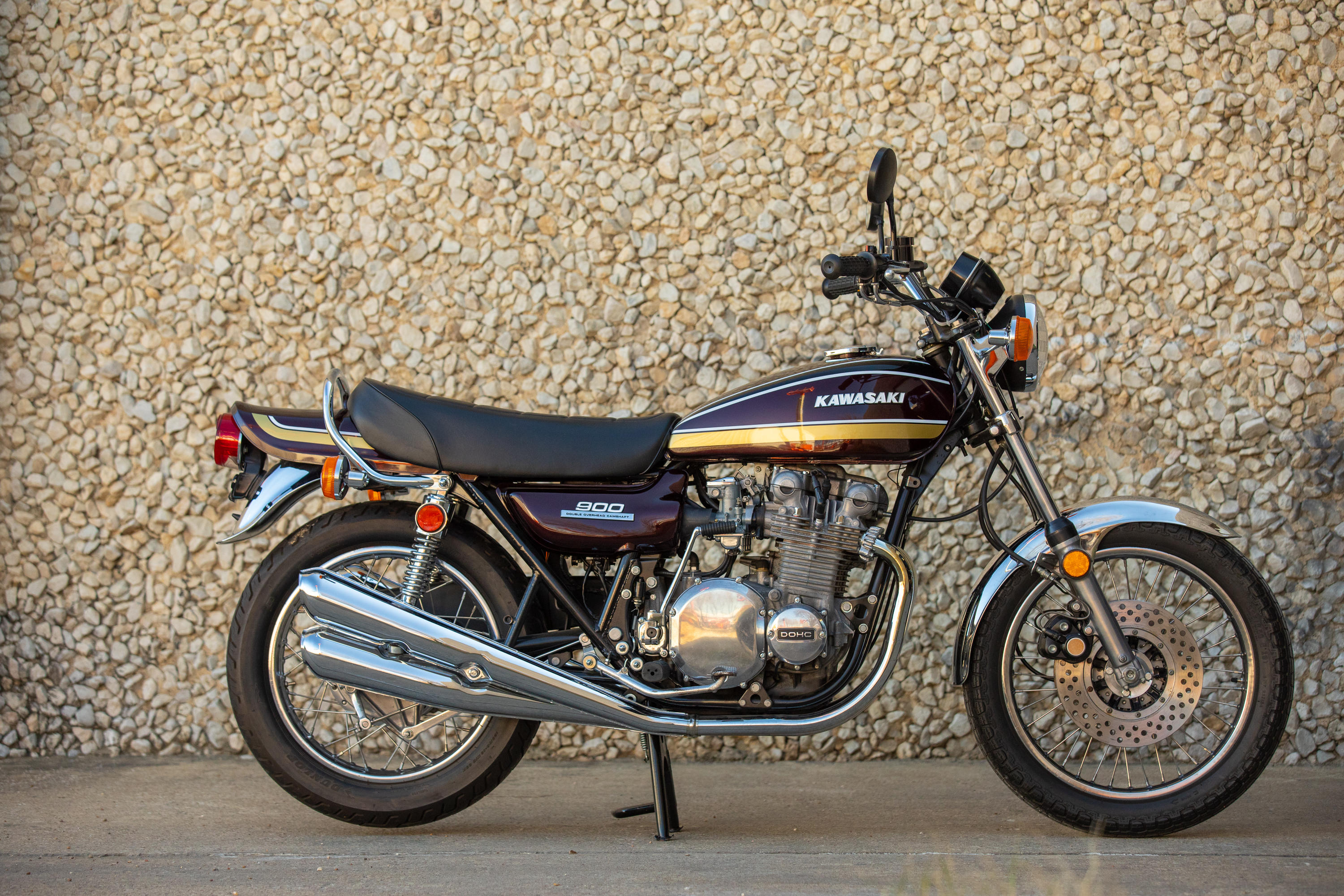
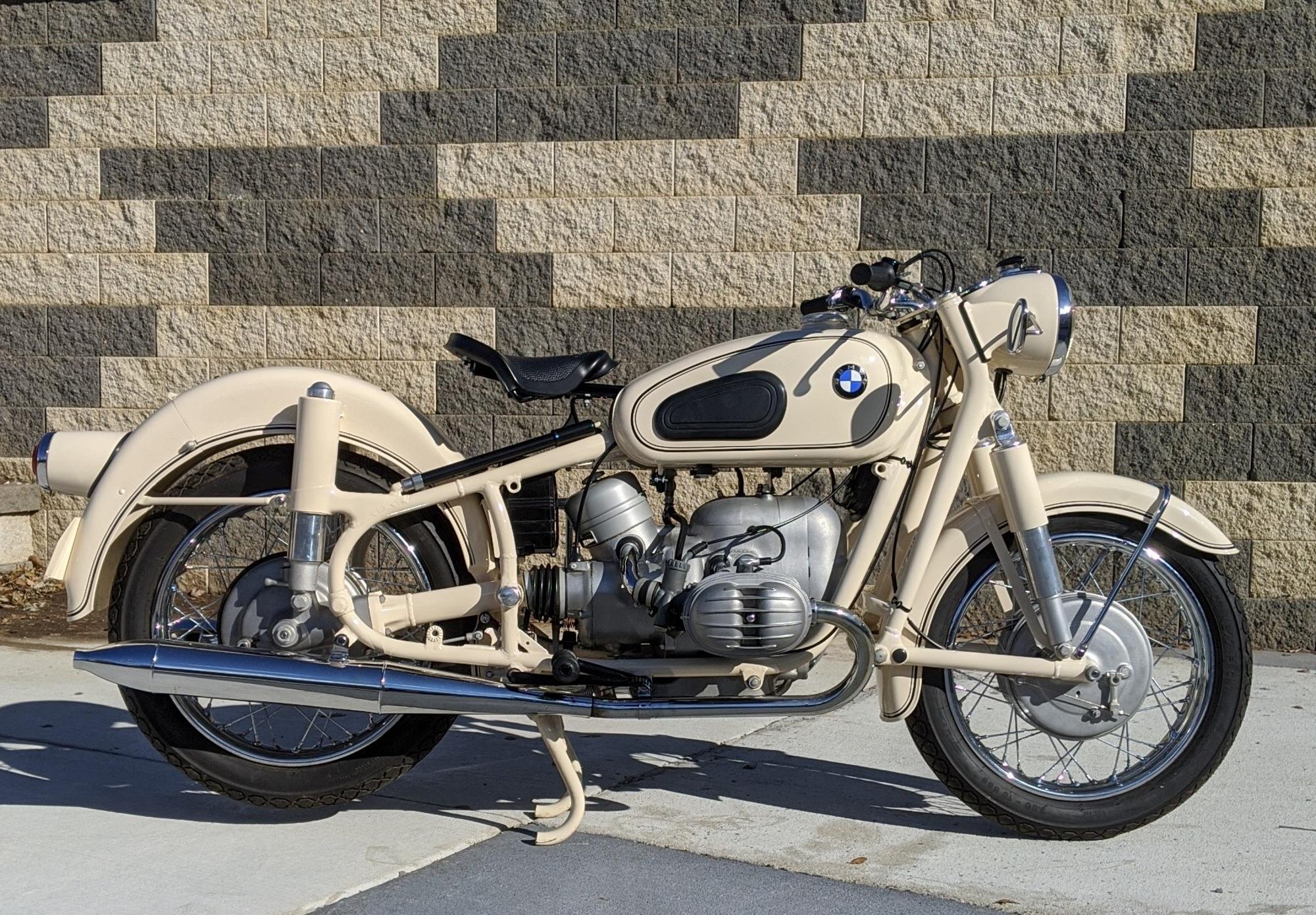
Try LotSearch and its premium features for 7 days - without any costs!
Be notified automatically about new items in upcoming auctions.
Create an alert